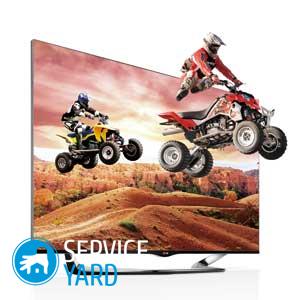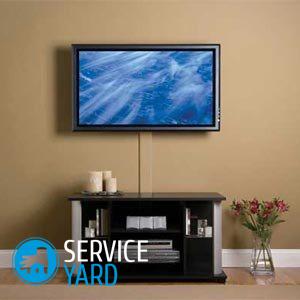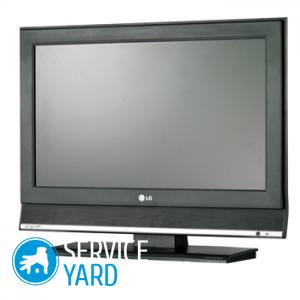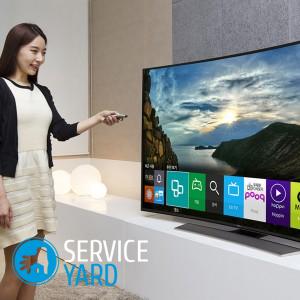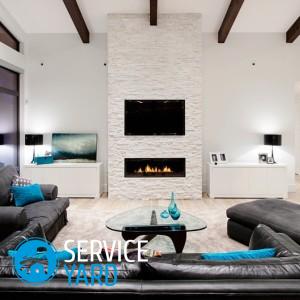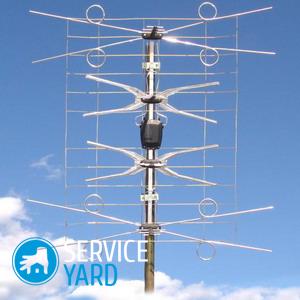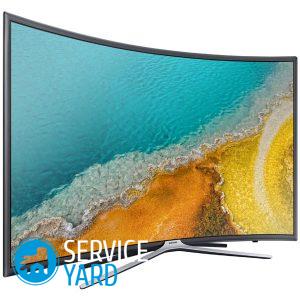Monitor screen refresh rate - which is better?
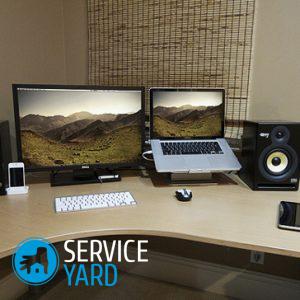
It is difficult to imagine a modern apartment in which there would not be a single screen. In one house it’s a television or home theater, in another - a computer, in the third - both, and more, and something else. Each device has specifications - scan frequency, resolution, and more. Monitor screen refresh rate - which is better? This, as well as other parameters of modern TVs, will be discussed in our article.
to contents ↑TV screen frequency - which is better?
The viewer has no idea that sitting in front of the screen, he is dealing with two very important parameters that affect image quality:
- frame rate;
- frequency of updates.
Many even confuse them. But this is not the same thing at all:
- The first parameter is the speed at which frames replace each other. Usually it is 24 frames per second. This characteristic was also used when there were no plasma panels, or even analog TVs - for example, when a movie projector was operating.
- The refresh rate of the matrix shows how many frames can appear per second on the panel. It is measured in hertz. This parameter has another name - scan.
to contents ↑Important! Image quality will depend not only on the panel itself, but also on how you place it in the room. To do this in the best way, our tips will help you:
How is the signal processed?
In the vast majority of modern apartments are color TVs. That is, those that accept not only the image itself, but also the so-called color signal. By the way it is processed, all television systems are divided into several types:
- PAL
- NTSC
- SECAM.
Important! The PAL system with a scan of 625 lines and a frequency of 50 Hz is used in Western Europe. In America and Japan, the NTSC standard is adopted, with a higher frequency (60 Hz), but fewer lines (525). In Eastern Europe and Africa, the SECAM standard is adopted - 625 lines, 50 Hz.

The choice of frequency is not accidental at all; it depends on national standards of power supply networks. An indicator such as line quality was used in the characteristics of analog TVs; other parameters are used to describe the digital image. But the frequency is important for any equipment - modern devices must also meet the standards of electrical networks.
As for monitors, there is another frequency for them - for modern models it is 85 Hz, and this is currently the technical limit. If there is a different number, this means that the value is achieved in some alternative ways.
Important! If you see the designation 50 Hz, it means that 50 frames are transmitted per second. This is if the signal went in one go. In fact, each frame is transmitted in two stages - first all the odd lines, then even. That is, interlacing is obtained. She has a visible flaw - flicker. It is most noticeable with large screen sizes and in bright areas.
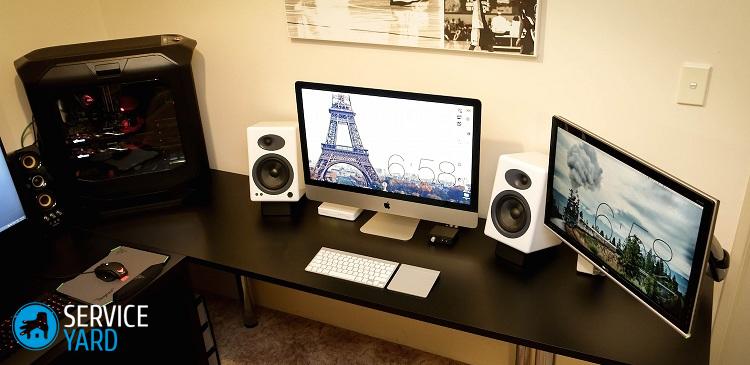
How is the clarity problem solved?
Manufacturers strive to make screens as low as possible for the eyesight. There are two ways to do this:
- format change:
- increasing the refresh rate of the monitor screen.
The first format in which the eye almost did not feel flicker was Full HD. The frequency is 60 Hz, and the image is 1920 by 1080 pixels. Owners of game consoles and fans of watching movies are already used to this, but broadcasting by this standard is far from possible everywhere.
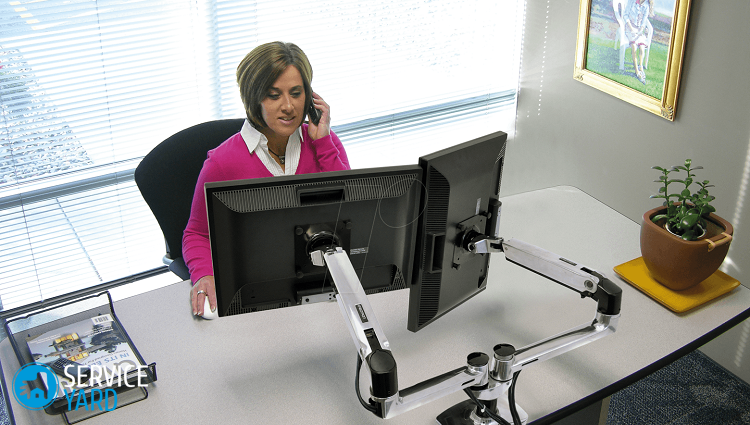
Sharpening
Now you can see TVs designed for:
- 100 Hz;
- 200 Hz;
- 400 Hz;
- 600 Hz;
- 800 Hz
Modern digital technologies allow each frame to be shown twice, and it is thanks to this that 100 Hz technology appeared. Image quality is getting higher, it’s unconditional. However, the flicker does not completely disappear, although it decreases noticeably.
Important! Once you are puzzled by such details about TV panels, you are probably planning to watch your favorite channels in high quality. To do this, you definitely need digital antenna.
Another method is used, which TV manufacturers adopted from computer scientists. In computer animation, unlike animation, only 2 images are taken, and the program deploys them at the angle at which it is needed. At small angles, the movement of the image becomes smooth, but the file itself greatly increases in volume.
Important! In television, the processor is engaged in the analysis of the direction of motion of the two previous frames; it also sets the vector for the next picture. Intermediate frames are added, and smoothness depends on their number. If 3 frames are inserted between the main ones, a frequency of 200 Hz is obtained.
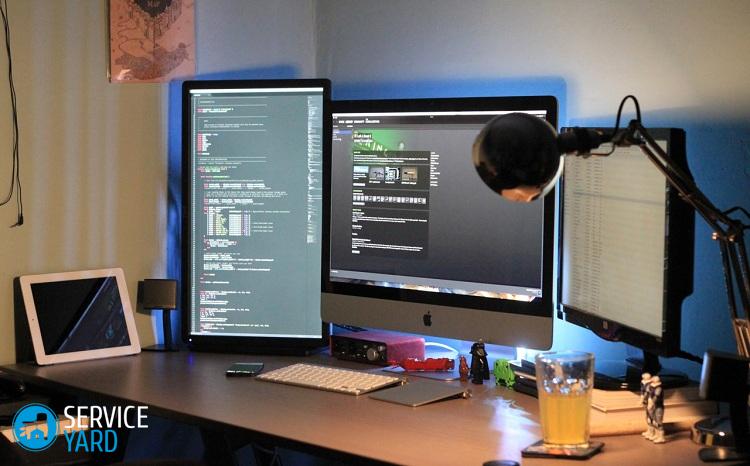
What else affects image quality?
The refresh rate of the monitor screen is not the only thing that creates a clear picture, or - on the contrary, it spoils it. There is also such a parameter as resolution.
Important! By the way, LCD TVs very often sin by reducing the resolution in motion, and this is their main drawback. This is because liquid crystals slowly switch from completely black to other colors and vice versa. Plasma TVs do not have such a defect. But these models differ in other characteristics, as you can find out from a separate article. "Plasma or LCD TV - which is better?".
To maintain image quality during dynamic scenes, the following methods are used:
- LED backlight;
- Insert extra frames.
In the first method, the image becomes clear, but flicker is still noticeable. This option is used in cheap models. A more effective method is the insertion of additional frames, but its application requires a powerful processor, which expensive and some medium-priced models have.
Important! Models that use the insertion of additional frames are not very suitable for watching films shot on film - the image becomes unnatural.
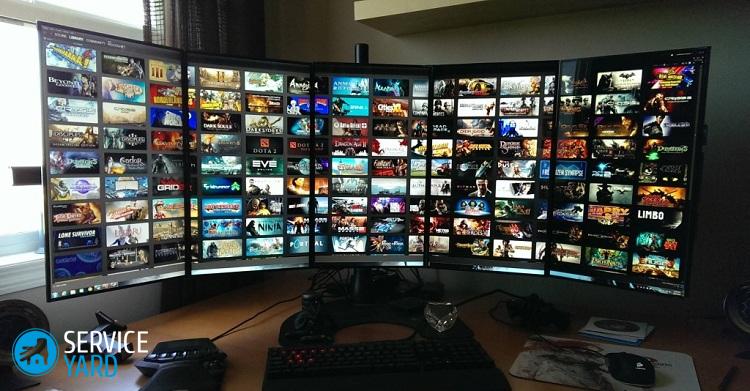
What are the TVs?
Image quality depends largely on the type of TV. Now you can meet such:
- LCD (Liqud Crystal Display);
- LED (Light-emitting Diode);
- Plasma Display Panel;
- OLED (Organic Light-emitting Diode).
LCD
This liquid crystal model in the world of thin TVs appeared first. It is still popular - mainly because it is cheaper than others. The image is formed using fluorescent lights.
Important! The clarity of such screens often leaves much to be desired, and here you need to look at what frequency is indicated - if it is 100 Hz, the picture will be quite tolerable.
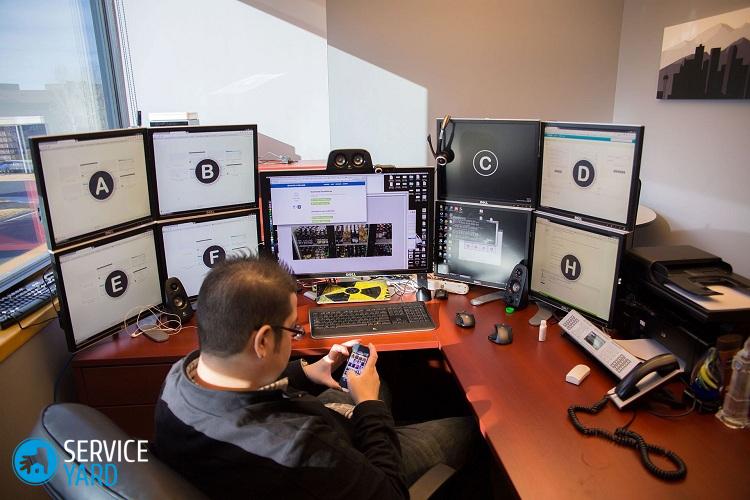
LED
In fact - an advanced LCD. They use more modern illumination - not with fluorescent lamps, but with diodes placed in different parts of the field. This gives better contrast.
Such TVs are also relatively inexpensive. If you are planning to buy, pay attention to the labeling. The certificate must have one of four:
- True LED
- Direct LED
- Full LED.
- OLED (Organic Light-emitting Diode);
Important! This means that the diodes are everywhere and provide uniform illumination, that is, high image quality. If it says Edge LED, you are unlikely to like the image.
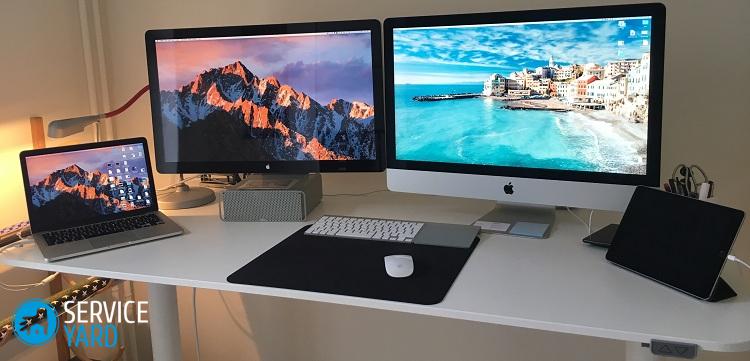
Plasma display panel
The picture on the plasma panel is obtained due to the glow of the phosphor under the influence of ultraviolet radiation. No backlight needed - everything happens in plasma cells that just don't need a light source.
These screens have very good contrast. They are also relatively inexpensive. However, there is a significant drawback - burnout.
Important! Such a panel serves an average of four years.
OLED (Organic Light-emitting Diode)
Perhaps, in the modern market - the best models. Highest image quality, no backlight used. Such TVs serve for a long time, they consume much less electricity than plasma ones. Until recently, buyers were wary of such screens because they were curved. Buyers were not quite right - this form avoided the usual distortions. However, due to low demand, manufacturers began to offer such standard OLED TVs.
Important! Manufacturers very often offer models with a scan frequency of 600 and 800 Hz, but such TVs do not give a serious improvement in quality compared to screens at 100-200 Hz, and the price difference is huge.
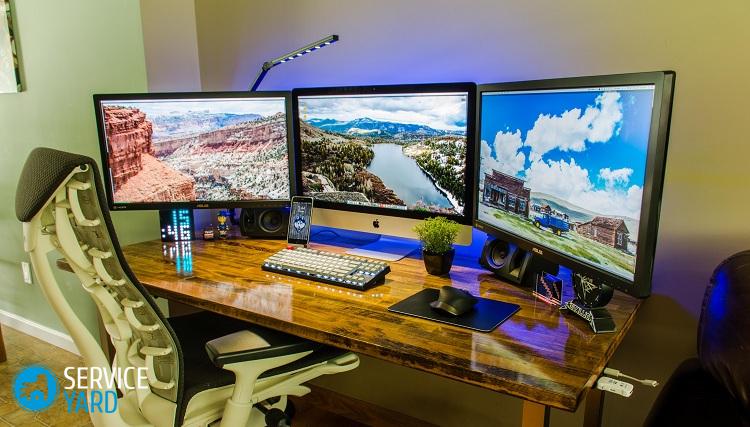
Golden mean
When wondering which monitor frequency to choose, remember that there are no ideal technical solutions. A high scan rate does not mean that you will like the TV. Conventionally, screens can be divided by this parameter into several groups:
- 50-90 Hz;
- 100-200 Hz;
- more than 200 Hz.
What is the difference:
- In the first case, the picture can be bright and clear, but it will certainly flicker. It is harmful to vision, and annoying.
- Models with a frequency of more than 200 Hz are quite expensive, but they do not give tangible improvements in quality.
- Many experts even believe that marking 400 Hz or 800 Hz is nothing more than a clever marketing ploy.
Important! 100-200 Hz is the very middle ground when the monitor gives good quality, but at the same time has a very reasonable price. In addition, for trusted manufacturers, if 200 Hz is written, then so much is.

Resolution
Scanning is not the only characteristic that affects image quality. For modern screens, resolution is also very important. It is measured in pixels.
Important! Resolution increases from model to model. Full HD, which until recently was considered almost a miracle of the world, gives a resolution of 1080 pixels, but there are already screens with a higher indicator.
This feature depends on the type of TV and its size. The larger the screen, the higher the resolution. The most common types are:
- HDReady - 1280 x 720 or 1366 x 768;
- FullHD - 1920 x 1080;
- UltraHD (4K) - 3840 x 2160 or 4096 x 2160;
- UltraHD (8K) - 7680 x 4320
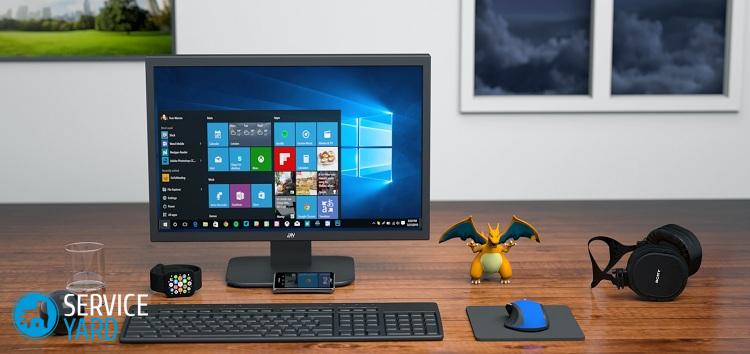
What else to look for?
Having dealt with which monitor frequency to choose, pay attention to other parameters:
- contrast;
- brightness;
- screen diagonal;
- viewing angle;
- three-dimensional image.
Contrast
The color rendering quality depends on this screen characteristic. The refresh rate does not affect it.
Important! In certificates, this parameter is usually indicated in the form of a certain ratio (1000: 1, 900: 1, etc.). The ratio shows how many times the dark fragments of the image differ from the light.
There are two types of contrast:
- static
- dynamic.
Static means the maximum difference that is in one frame. The optimal indicator is 1000: 1. Dynamic shows the general difference between the light and dark areas on the screen in general. This parameter depends on the device model.
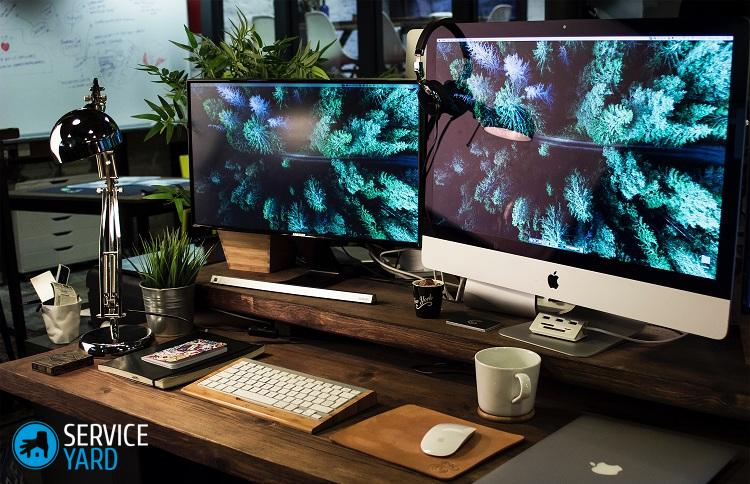
Brightness
It depends on the brightness value whether the picture will be juicy or faded. The best TVs are those in which this value is from 300 to 450 cd / sq. m. There may be models with great value.
Your favorite size
There is no single answer to the question of what the screen size should be. It all depends on the purpose, size of the room and a number of other considerations.
Important! The minimum distance between the monitor and the viewer must be taken into account.For 2D TVs, it is 3 diagonal lengths, and if you prefer 3D - one and a half. If you have a monitor with Ultra HD resolution, you can watch it almost closely.
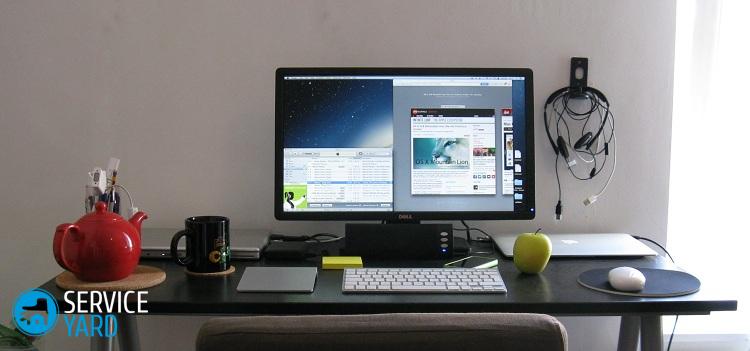
Installation location
The TV can stand:
- in the living room;
- in the bedroom;
- in the nursery;
- in the kitchen.
We will deal with a suitable diagonal:
- The drawing room is the largest room in the apartment, where all household members gather, and guests are invited here. Therefore, the TV can be with a diagonal of 46 inches or more.
- For the bedroom, a “drawer” with a screen from 32 to 43 inches is suitable.
- The same can be put in the nursery.
- And for the kitchen, a 26-32-inch screen will do.
Important! Our reviews will help you to choose a really high-quality model of a diagonal suitable for you:
Viewing angle
The claimed angle of any modern TV is 170-180 °. However, in reality, this parameter may not be observed - for example, for devices of the LED or LCD classes. Read more about this feature in a special article.“Choosing the right viewing angle for the TV”.
Manufacturers of plasma screens always adhere to this characteristic.
Important! Blindly trusting what is written in the passport is not worth it - the angle is visually evaluated.
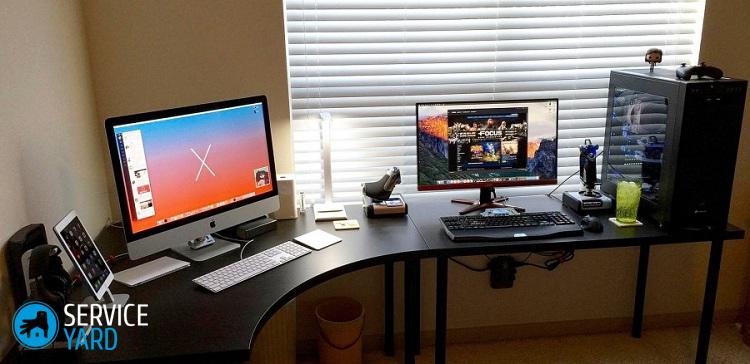
3D image
TVs that provide 3D-image, appeared on sale relatively recently, and they are still quite expensive. Manufacturers use two technologies to obtain a three-dimensional image:
- active;
- passive.
Two or four pairs of glasses are included in the package of TVs with passive 3D, for the active - no additional devices are needed. Some well-known companies (such as Samsung or Panasonic) use active shutter technology, LG offers “passive” models where the volume is achieved due to polarization.
Important! Models with an active function give higher quality, but they cost more. When using glasses, the quality of the perceived image drops by about half. But such TVs, of course, are cheaper. It will be much easier for you to choose such a panel if you focus on a ready-made one. rating of 3D TVs.
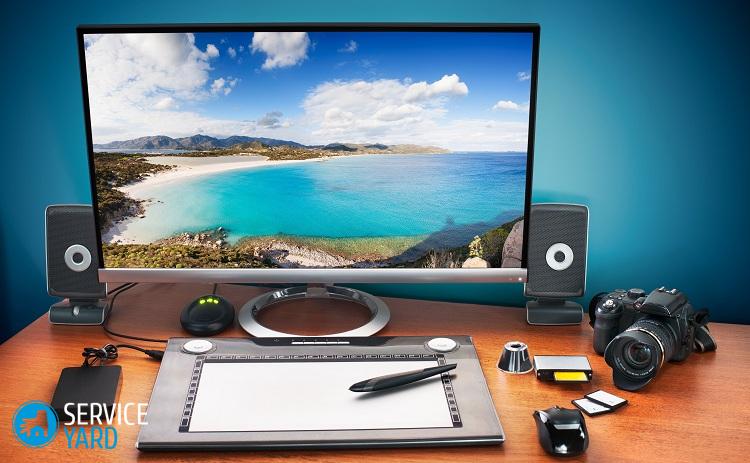
Pay attention to the connectors
Communication is important. See how many HDML connectors your model has. There should be at least two, but the more the better. Of course, you need USB connectors.
A modern TV is a universal device, you can connect computers, consoles, tablets and much more to it. Many models can be connected to the Internet. But it is necessary to establish communication between devices, and in this situation, the presence of suitable connectors will make life much easier and more enjoyable.
to contents ↑Stock footage
In this article, we gave you detailed information about what refresh rate of the monitor screen is better for the eyes, according to technical characteristics, and also considered what other important parameters should be considered when choosing a new TV. We hope you figured out all these nuances, and now enjoy a colorful, bright and clear picture when watching your favorite shows and movies.




